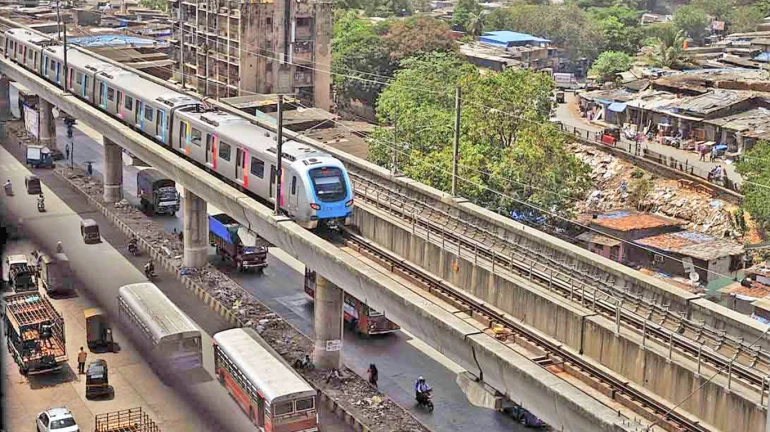
In a significant development for Mumbai's infrastructure landscape, the barricades that have restricted parts of the city due to the Metro 3 project are slowly being dismantled. Over the past seven to eight years, these barricades have been a common sight, causing disruptions and challenges for local businesses and commuters alike.
Impact on Local Businesses
Local shopkeepers along major routes such as D N Road, which connects Chhatrapati Shivaji Maharaj Terminus (CSMT) and Churchgate railway station, have borne the brunt of these barricades. With foot traffic diverted and accessibility reduced, businesses saw a sharp decline in customers and revenues. Many who felt the impact stated that they used to have a steady flow of customers, but the barricades led to a noticeable drop. Business owners are now hopeful that with their removal, business will pick up again. Local vendors have echoed these sentiments, noting how pedestrian movement shifted away from footpaths to alternative routes when the barricades were up. But now that they're being removed, people have started returning to these pathways.
Progress in Barricade Removal
A report in the Hindustan Times shared details about Mumbai Metro Rail Corporation Ltd (MMRCL) which highlighted that significant strides have been made in restoring normalcy to affected areas. In Package 2, covering CSMT, Kalbadevi, Girgaon, and Grant Road, 45% of the barricaded roads have already been reopened. Similarly, in Package 1, encompassing Cuffe Parade, Vidhan Bhavan, Churchgate, and Hutatma Chowk, restoration stands at 81%. Overall, sources within MMRCL report that across all seven packages of the 33.5-km-long Metro 3 line, 63% of barricaded roads have been restored, totaling 18,123 meters out of 28,885 meters.
Environmental Considerations and Future Plans
With the removal of barricades, attention is turning to environmental initiatives above Metro 3 stations. Saplings have already been planted at Churchgate station, and plans are in place to plant 2,600 trees along the Metro 3 route, particularly above stations like SEEPZ, Dadar, and CSMT. This initiative aims to restore green cover and mitigate environmental impact. Moreover, MMRCL encourages public participation in tree planting activities around stations, emphasizing the community's role in enhancing the city's green spaces. Concurrently, oscillation trials are ongoing, monitored by the Research, Design, and Standards Organization (RDSO) of the Indian Railways, ensuring safety and operational efficiency as the Metro 3 project progresses.





